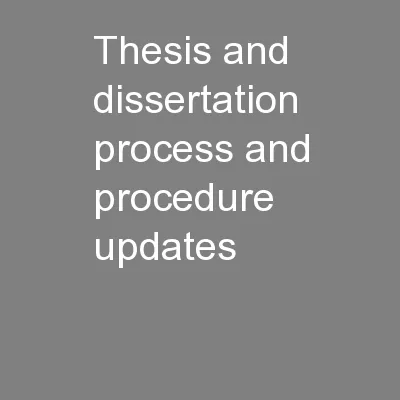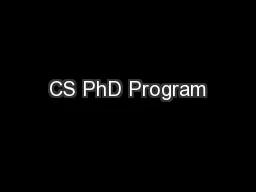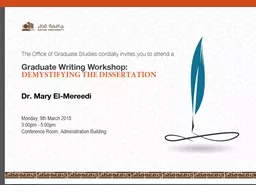PPT-Dissertation Defense
Author : tawny-fly | Published Date : 2016-03-12
Robert Senser October 29 2014 1 GPU DECLARATIVE FRAMEWORK DEFG PhD Committee Gita Alaghband chair Tom Altman advisor Michael Mannino Boris Stilman Tam Vu
Presentation Embed Code
Download Presentation
Download Presentation The PPT/PDF document "Dissertation Defense" is the property of its rightful owner. Permission is granted to download and print the materials on this website for personal, non-commercial use only, and to display it on your personal computer provided you do not modify the materials and that you retain all copyright notices contained in the materials. By downloading content from our website, you accept the terms of this agreement.
Dissertation Defense: Transcript
Download Rules Of Document
"Dissertation Defense"The content belongs to its owner. You may download and print it for personal use, without modification, and keep all copyright notices. By downloading, you agree to these terms.
Related Documents














